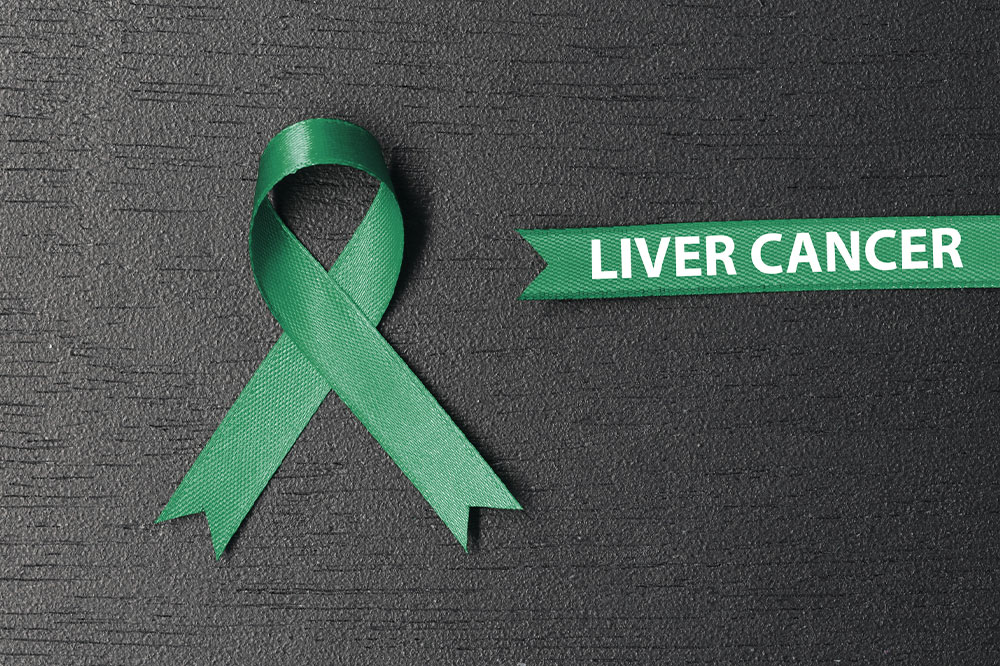Recognizing Hidden Symptoms and Early Signs of Hepatitis C: A Comprehensive Guide
Hepatitis C often presents with subtle symptoms that are easy to overlook. Early signs include fatigue, jaundice, and digestive issues, but many remain asymptomatic for years. Understanding the symptoms and seeking timely medical advice can prevent serious complications like cirrhosis and liver cancer. This comprehensive guide highlights the importance of early detection, detailed symptom recognition, and the need for routine screening, particularly for high-risk groups. Recognizing hidden signs of hepatitis C is vital for effective treatment and long-term health preservation.

Identifying Uncommon Symptoms and Early Indicators of Hepatitis C
Could symptoms like nausea, depression, or gallstones actually signal hepatitis C rather than common illnesses?
Hepatitis C, a significant global health concern, emerged as a distinct disease in 1989. It is caused by the hepatitis C virus (HCV) and remains one of the most common causes of chronic liver disease worldwide. The prevalence of hepatitis C continues to rise each year, affecting approximately 150 million people globally. According to the World Health Organization (WHO), hundreds of thousands of individuals succumb annually to liver complications linked to this virus, making early detection and management crucial for preventing severe health outcomes.
Untreated or undiagnosed hepatitis C can lead to devastating liver conditions, including cirrhosis, liver failure, and hepatocellular carcinoma (liver cancer). Recognizing the subtle and often overlooked symptoms is essential for timely intervention. This comprehensive guide will delve into the various manifestations of hepatitis C, distinguishing the differences between acute and chronic forms, and highlighting symptoms that may go unnoticed but are vital for early diagnosis.
Hepatitis C presents in two primary forms:
Acute Hepatitis C: A sudden, short term infection that may or may not produce noticeable symptoms.
Chronic Hepatitis C: Long-lasting infection that persists over years, potentially leading to serious liver damage.
Understanding these variations is key to early detection and effective management.Symptoms of Acute Hepatitis C
Most individuals infected with hepatitis C in its acute stage do not exhibit overt symptoms. When symptoms do manifest, they often resemble those of other viral infections, making diagnosis tricky without specific testing. Common early symptoms include sensations akin to the flu, such as fatigue, mild joint pain, and skin rashes. Patients with co-infection of hepatitis B tend to experience more severe symptoms, emphasizing the importance of comprehensive testing for accurate diagnosis.
Additional signs to watch for are:
Loss of appetite and nausea
Intermittent stomach pain or discomfort
Dark-colored urine indicating bilirubin buildup
Clreturned stool color suggesting liver processing issues
Skin and eye yellowness, known as jaundice
Persistent fatigue and weakness
Joint pains and muscle soreness
Itchy skin caused by cholestasis
Prolonged hepatitis C infection may advance to liver cirrhosis, which presents with distinctive signs such as:
Red palms resulting from vascular dilation
Visible telangiectasias or spider veins on the skin, especially on the chest, face, and shoulders
Abdominal swelling (ascites) along with swelling in legs and feet
Muscle wasting or cachexia
Vomiting or bleeding resulting from enlarged veins in the digestive tract (varices)
Cognitive disturbances including confusion, memory problems, and hepatic encephalopathy
Indicators of Chronic Hepatitis C
Many individuals with chronic hepatitis C may remain asymptomatic for years, with the infection only being discovered through routine blood tests or donations. The virus often persists silently, causing damage over time without obvious signs. When symptoms do appear, they can be subtle and non-specific, making early diagnosis challenging.
Symptoms associated with chronic infection include:
Low-grade fever
Persistent muscle and joint pain
Loss of appetite and unintended weight loss
Durable jaundice episodes
Chronic fatigue that impairs daily activities
Discomfort or a dull ache in the liver region
The incubation period ranges from approximately 2 weeks to 6 months, during which the virus silently damages hepatocytes. As the disease progresses, multiple organs can be affected due to immune complex deposition, cryoglobulinemia, and systemic inflammation. Notably, symptoms are not limited to the liver and may include:
Anxiety and depression related to chronic illness
Abdominal swelling and bloating
Visual disturbances like blurred vision
Chills and unexplained fever
Altered stool color, such as clay-colored or dark stool
Reduced libido and sexual dysfunction
Dizziness, bleeding tendencies, and easy bruising
Excessive gas, indigestion, and gallstone formation
Mood swings and psychological distress
Early diagnosis significantly improves treatment outcomes. If you suspect any of these symptoms, consulting a healthcare professional promptly can help prevent severe liver complications. Recognizing the subtle signs of hepatitis C and undergoing screening tests are critical steps to maintaining liver health and overall well-being.





